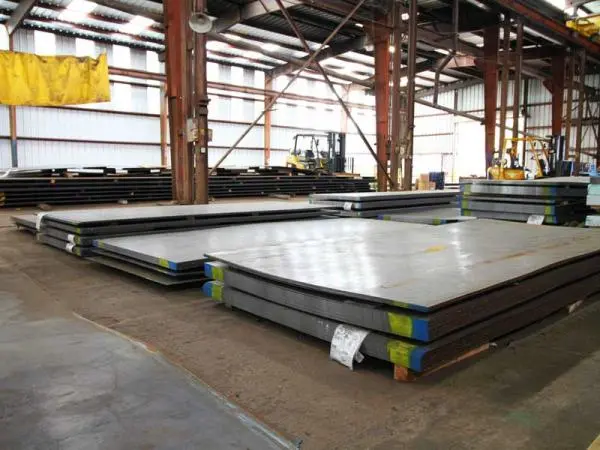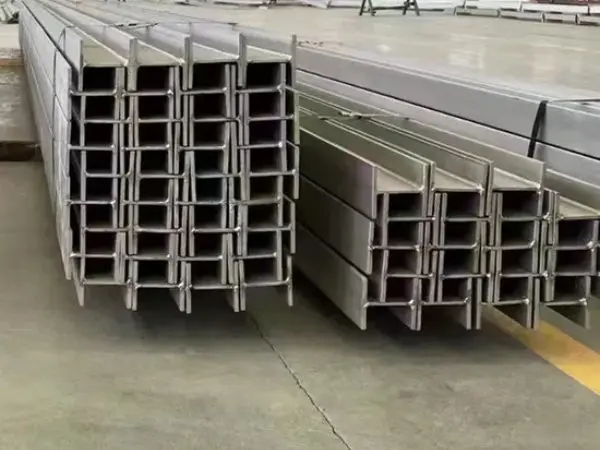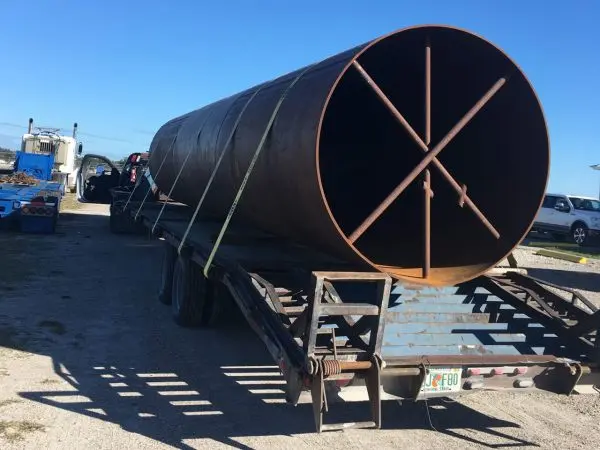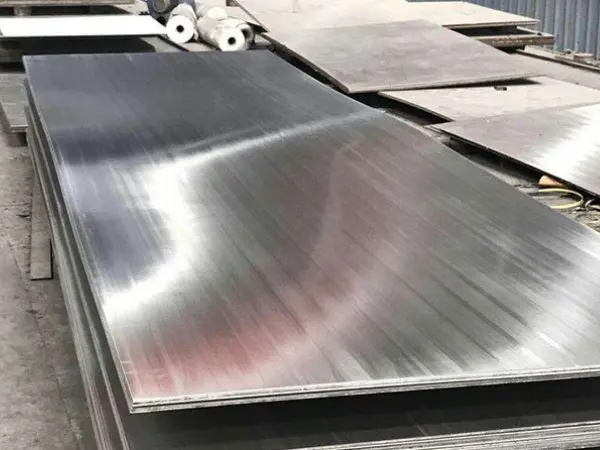- Phone0086 731 8564 8255
- E-mailsales@cscsteel-manufacturing.com
-

To prevent corrosion and extend the service life of seamless steel pipes and welded steel tubes, galvanization is commonly applied. Galvanized seamless pipes are classified into two types: cold-galvanized and hot-dip galvanized pipes. While cold-galvanized pipes have been banned, hot-dip galvanized pipes are still temporarily recommended. Here are the steps to follow during installation of galvanized seamless pipe.
Pipe Cutting:
The first step in installing galvanized seamless steel pipes is cutting. Begin by calculating the required size of the pipe, then use a specialized cutting tool to cut the steel pipe to the desired length. Ensure that the pipe ends are cut perpendicular to the axis of the galvanized seamless pipe.
Understanding Wear Resistance:
The wear resistance of galvanized seamless pipes depends on the material and production quality. Wear occurs when there is relative movement between surfaces, leading to material loss. Wear-resistant alloy steel pipes are manufactured with materials designed to withstand wear, enhancing their longevity. Galvanized seamless steel pipes can be categorized as single metal pipes or composite pipes, and their shapes include straight pipes, elbows, tees, crosses, reducers, and special-shaped pipes. The surface quality must meet certain standards: both the inner and outer surfaces should be smooth and flat, free from burrs, cracks, pores, or other defects.
Cleaning and Applying Adhesive:
Clean the area around the socket of the galvanized seamless pipe fittings and the end of the steel pipe. Mark a point five millimeters from the edge, then evenly apply anaerobic adhesive on the marked area. Insert the stainless steel water pipe into the bottom of the socket and rotate it to ensure an even adhesive application.
Fabrication of Fittings:
Various irregularly shaped pipe fittings are produced to meet the design requirements for galvanized seamless pipes. Straight pipes are typically manufactured through centrifugal casting. The material used for galvanized seamless steel pipes includes alloying elements like Cr, Ni, Mo, W, V, and Cu, providing high hardness, good mechanical properties, and excellent weldability at room temperature, along with cutting and on-site drilling capabilities, while also ensuring some level of corrosion resistance.
Final Adjustments:
After butting the nozzles of the galvanized seamless pipes, check for tightness in the connection. If the nozzles are uneven or if the pipe has become elliptical due to transport, it’s advisable to trim a small section off the end of the steel pipe before proceeding with further processing.
By following these steps, you can ensure a successful installation of galvanized seamless pipes, optimizing their performance and longevity.




